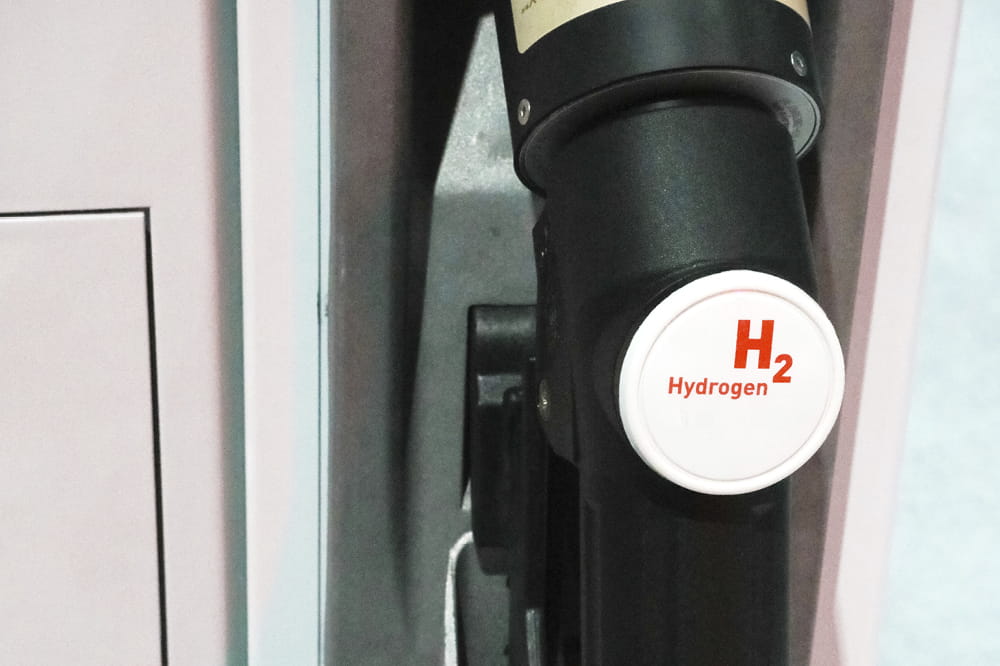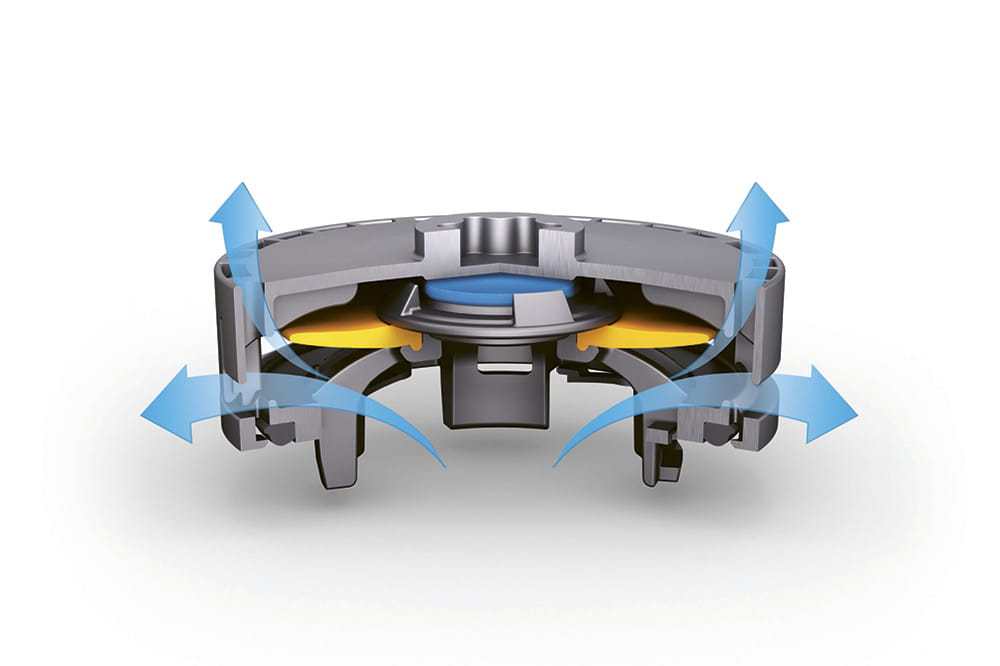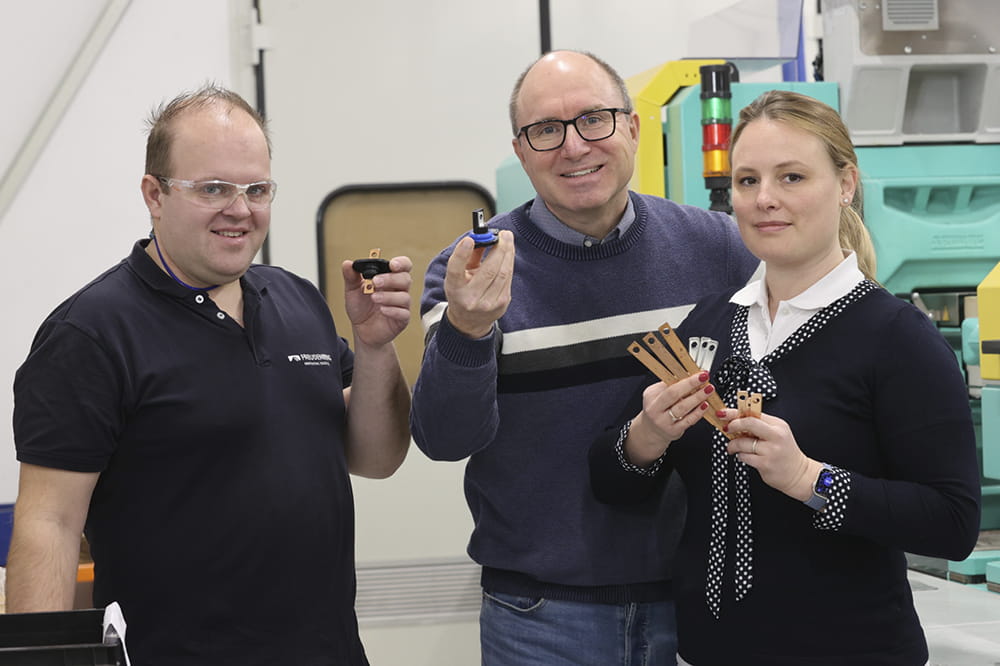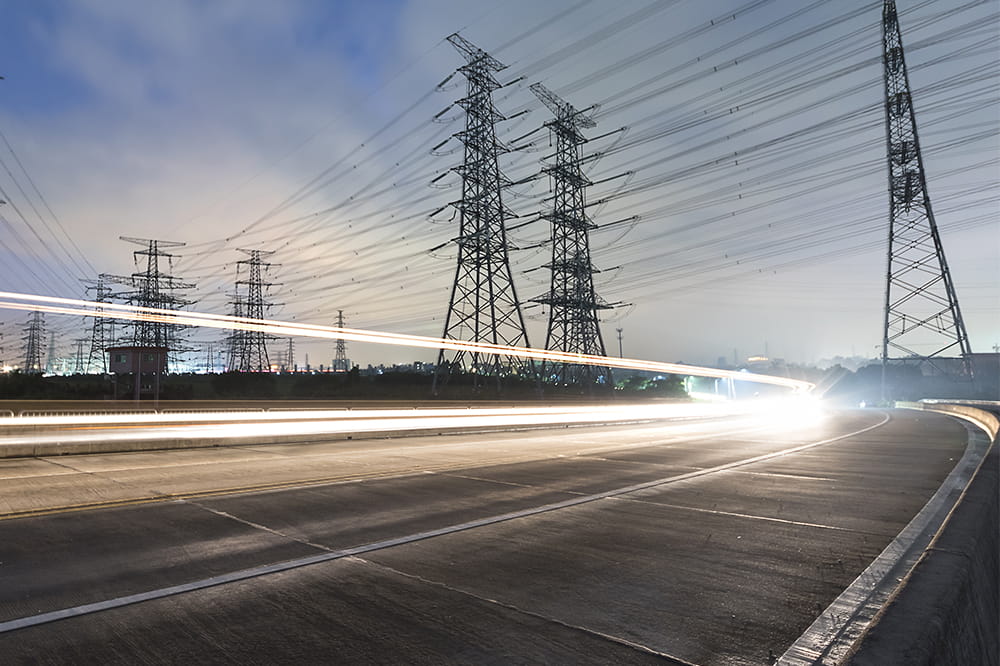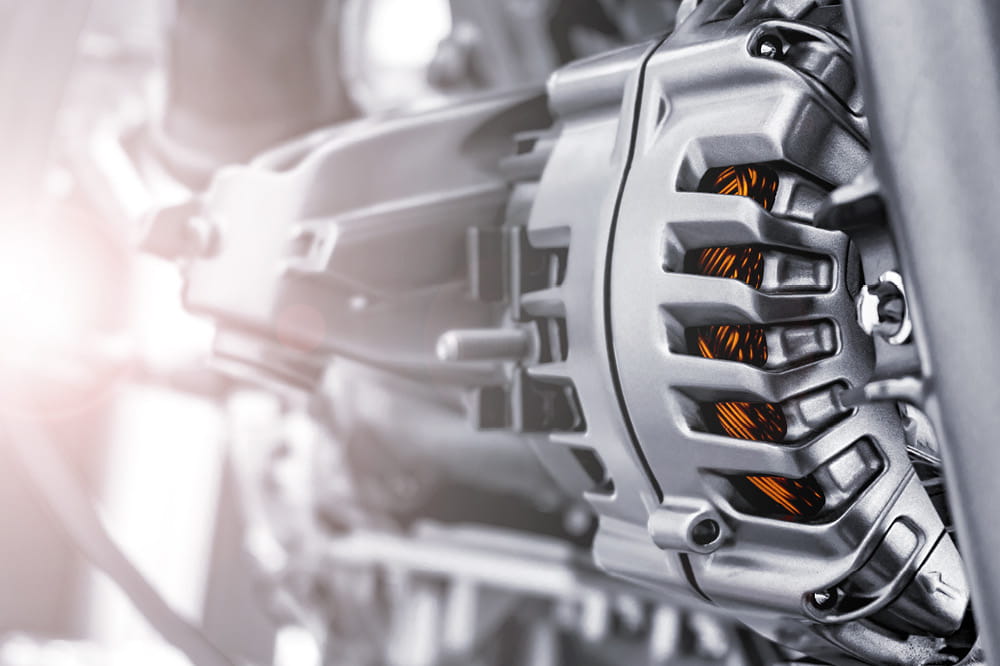Obtain news and background information about sealing technology, get in touch with innovative products – subscribe to the free e-mail newsletter.

Garages as Hydrogen Car Fueling Stations
When consumers shy away from alternative powertrains, they cite one reason again and again: the issue of an expandable charging infrastructure. While charging stations for battery-electric cars are still lagging behind, the situation for fuel-cell-powered cars is even more serious. Researchers in Switzerland want to change that.
Hydrogen propels fuel-cell vehicles without emitting CO2. But in 2019, there were only 432 hydrogen filling stations worldwide. Even with the quadrupling of their number over the past five years, they aren’t in a position to make fuel-cell vehicles an appealing option for consumers. With a total of 114, Japan has the most hydrogen filling stations, Germany is next with 87, and California is the hotspot in the United States with 48. In Switzerland, there are just two filling stations offering hydrogen. A third will start up shortly. Despite this modest showing, there are developments in Switzerland that could give hydrogen and fuel cells a boost – with mini-filling stations in the garages of private residences.
Japan has 114 hydrogen filling stations. Followed by Germany (87) and California (48)
Mini-filling stations: Researchers from Switzerland try to make hydrogen just as accessible to fuel cells as electricity is to electric-cars.
Storage Space for 5 Kilograms (11 pounds) of Hydrogen
Prof. Andreas Züttel of the Swiss Federal Institute of Technology in Lausanne (EPFL) collaborated on the innovation, which attracted attention internationally in late 2019. The highlight of the refrigerator-sized appliance is metal hydride (ZrMn1.5), a material that absorbs hydrogen like a sponge. When the stored hydrogen is tapped to fill the tank of a fuel-cell vehicle, the storage system heats up. This builds up the pressure needed for liquefaction so the hydrogen can flow into the tank. In private residences, hydrogen would then be just as accessible to fuel cells as electricity is to electric-car batteries. Homeowners could also sell excess hydrogen to third parties. The metal hydride, which is used in a prototype called HyCo, can absorb about 5 kilograms (11 pounds) of hydrogen. Prof. Züttel says that’s enough to fill a standard automotive tank. The metal hydride would last 40,000 cycles entirely without maintenance, he added.
The mini-filling station for private residences has the size of a refridgerator.

Completely Green Production Is Possible
The prototype corrects a number of past weaknesses in a single stroke. Until now, storage systems for hydrogen have taken up a great deal of space, and the compression of the gas has consumed massive amounts of electricity. But HyCo stores and compresses hydrogen in a single step and “merely” requires heat, which can be generated with solar energy. Ultimately, even a closed system seems conceivable: Solar cells on the roof of a private home would produce energy that an electrolyzer needs to produce hydrogen from water. The hydrogen would then be stored in the metal hydride. From there, it could do more than just fuel an automobile – it could be an energy source for the household as well.
A Sensible Complement to the Hydrogen Filling Station
An important aspect of the innovation is the metal hydride tank. According to Züttel, its wall is thin enough to promote heating, but robust enough to withstand high pressures. The chances that it will become a serious choice for consumers depend not least of all on whether its price is acceptable to them. In any case, mini-filling stations have their attractions as a sensible complement to hydrogen fueling stations. They could help to increase the green fuel’s popularity.
More Stories About E-Mobility

